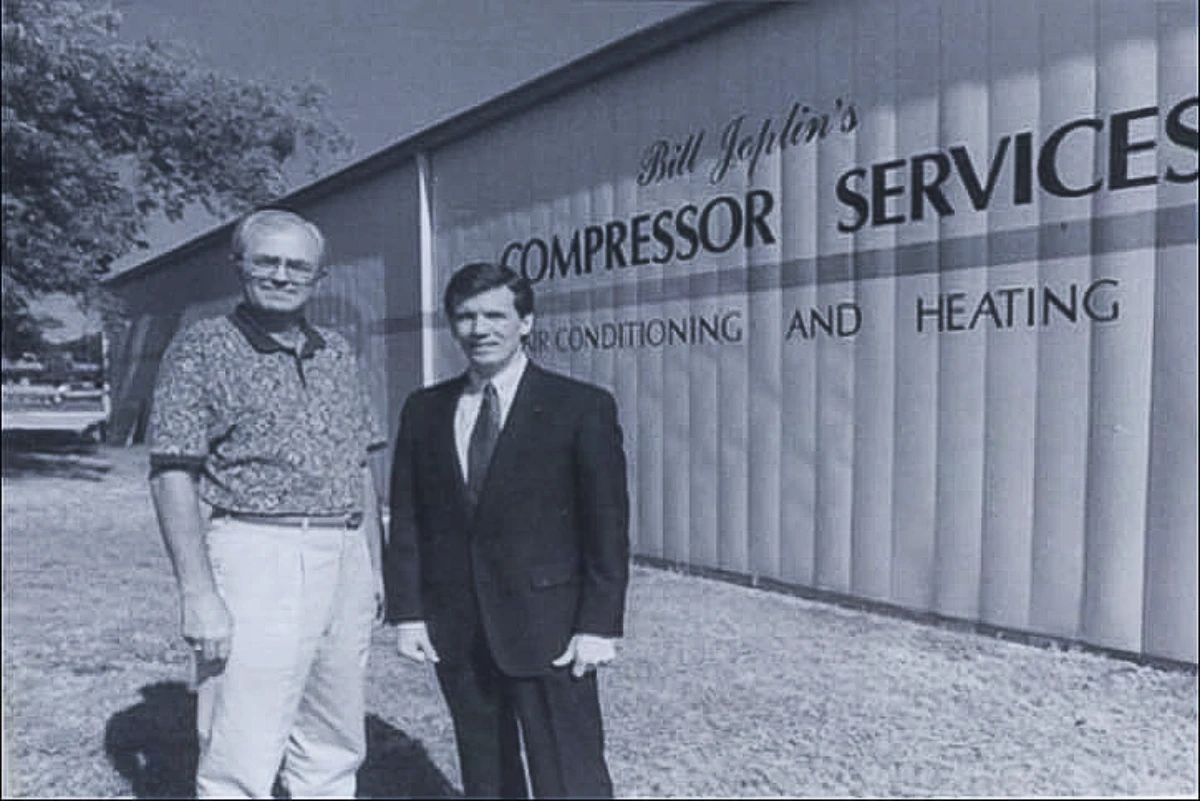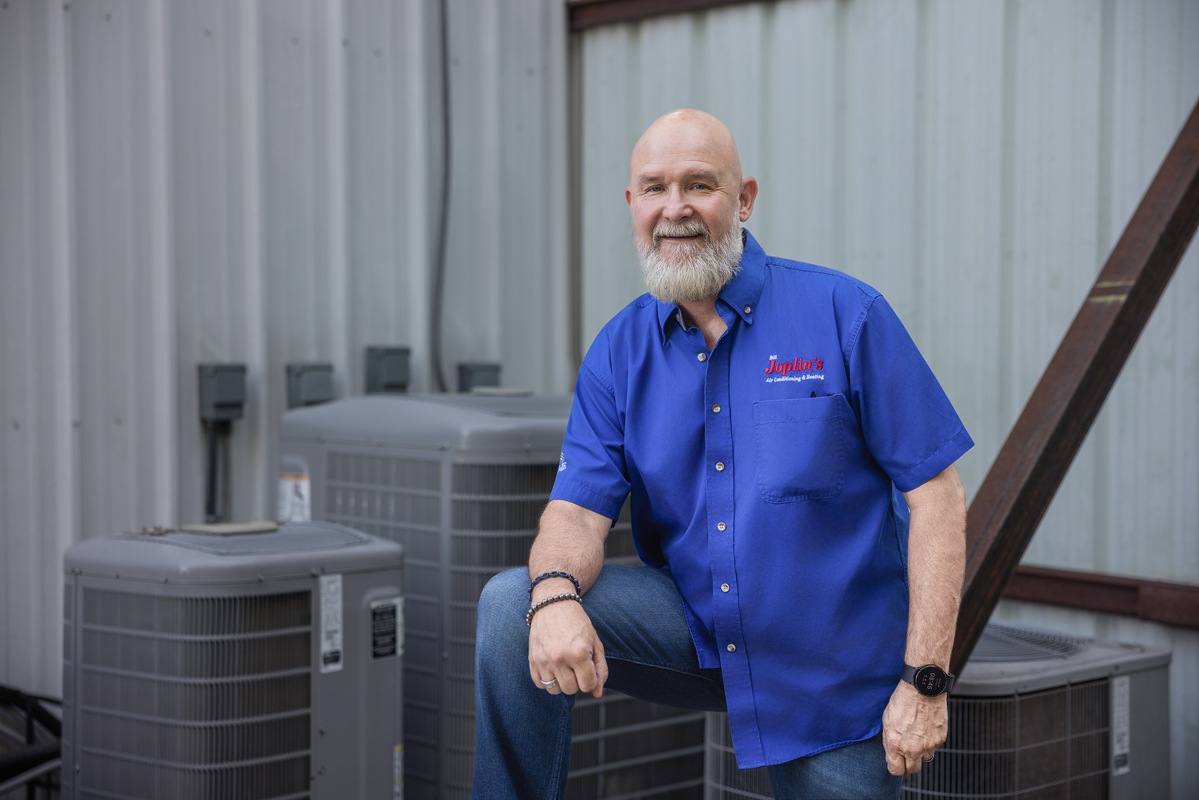With the need to air condition your Texas home in the summer, this is the time of year when electricity bills soar. Fortunately, there are easy ways for you to save energy dollars: home sealing and insulation. You can work toward your energy-saving goals in several ways, but the more comprehensively you complete the items on this list, the more energy dollars you can expect to save.
Hire an Energy Auditor
You can make your best guess as to where home sealing and insulation is needed most, but hiring a professional removes the guesswork from the equation. Energy auditors help you pinpoint where your home is losing energy by doing the following:
- Blower door test: This depressurizes the home and makes air leaks around windows, doors and other places more apparent.
- Infrared camera inspection: With air rushing in from all the leakiest places, an infrared camera shows you just where hot outdoor air is making its way into your home. It also will show weaknesses or deficiencies in insulation.
- Ductwork inspection: Leaky ducts are huge energy wasters. The auditor pressurizes the ductwork to make leaks more apparent.
- Air sealing: Some auditors air seal as they go, providing an immediate reduction in your energy bills by reducing air infiltration.
- Recommendations: Once all the inspections are complete, the auditor makes suggestions about home sealing and insulation improvements you can make. Take that advice if you wish to save energy dollars this summer and all year round.
Find Air Leaks
Follow the energy auditor’s specific suggestions for your home, but also keep in mind that the following areas are the leakiest places in the average home:
- Floor, ceiling and wall penetrations (plumbing, wiring, ductwork, dryer vent, etc.)
- Bathroom and kitchen exhaust fans
- Chimney penetrations and the fireplace damper
- Attic hatch
- Recessed lights
- Electrical outlets and light switch plates on exterior walls
- Windows and doors
- Baseboard molding
- Dropped soffits
- Sill plate and top plate
- Crawlspace
If you choose not to hire an energy auditor, you need to find these leaks yourself. Some are apparent, such as an obvious draft coming from a window or door. Other leaks may require you to light a candle or incense stick and watch how the flame flickers or smoke swirls as air enters through a gap.
Seal Air Leaks
The most useful tools for home sealing include:
- Caulk: This versatile material is designed to fill stationary cracks up to 1/4-inch wide. Caulk is particularly effective around fixed parts of windows, doors and plumbing penetrations, both inside and outside your home.
- Spray foam: This expanding foam sealant is great for larger cracks and gaping holes, especially around attic floor penetrations.
- Weatherstripping: Windows and doors are unique because they have operable joints. Make sure they seal tightly when closed by lining windows and door jambs with this special product. Similarly, door sweeps help prevent outdoor air from sneaking in from under the door.
Add Insulation
Sealing gaps and cracks is essential to block air infiltration, but you should also wrap your home in a blanket by updating the insulation. You have many options to choose from, including fiberglass, cellulose, rigid foam board and reflective insulation.
Insulation is rated by its ability to block heat resistance, or R-value. The recommended R-value varies based on the climate and where the insulation is going (walls, attic, crawlspace, etc.). McKinney is located in a warm climate, so the recommended insulation levels are lower than colder parts of the country.
Adding attic insulation is the most cost-effective option for saving on cooling costs in your existing home. Visit the space and check out the floor. If insulation is lacking, push it aside to give you access to the bare floor. There, use spray foam to seal holes where wiring and other penetrations act as air leaks. Then, install a thick, several-inch layer of your chosen insulation over the entire attic floor. Be sure to keep the soffit vents uncovered for ventilation.
Upgrade the Windows
Windows are some of the leakiest places in your home’s outer envelope. By upgrading to low-E-coated doubl-e or triple-pane windows, you increase your savings while improving comfort with lower heat gain from the sun. You can even protect your valuables from harmful UV rays. An efficient frame and sash further improve efficiency and draft reduction. Look for Energy Star-qualified windows to know you’ve found a quality investment.
For more tips on home sealing and insulation improvement, please contact us at Bill Joplin’s Air Conditioning & Heating today. We have proudly served the McKinney, Frisco and Allen areas for more than 30 years.


